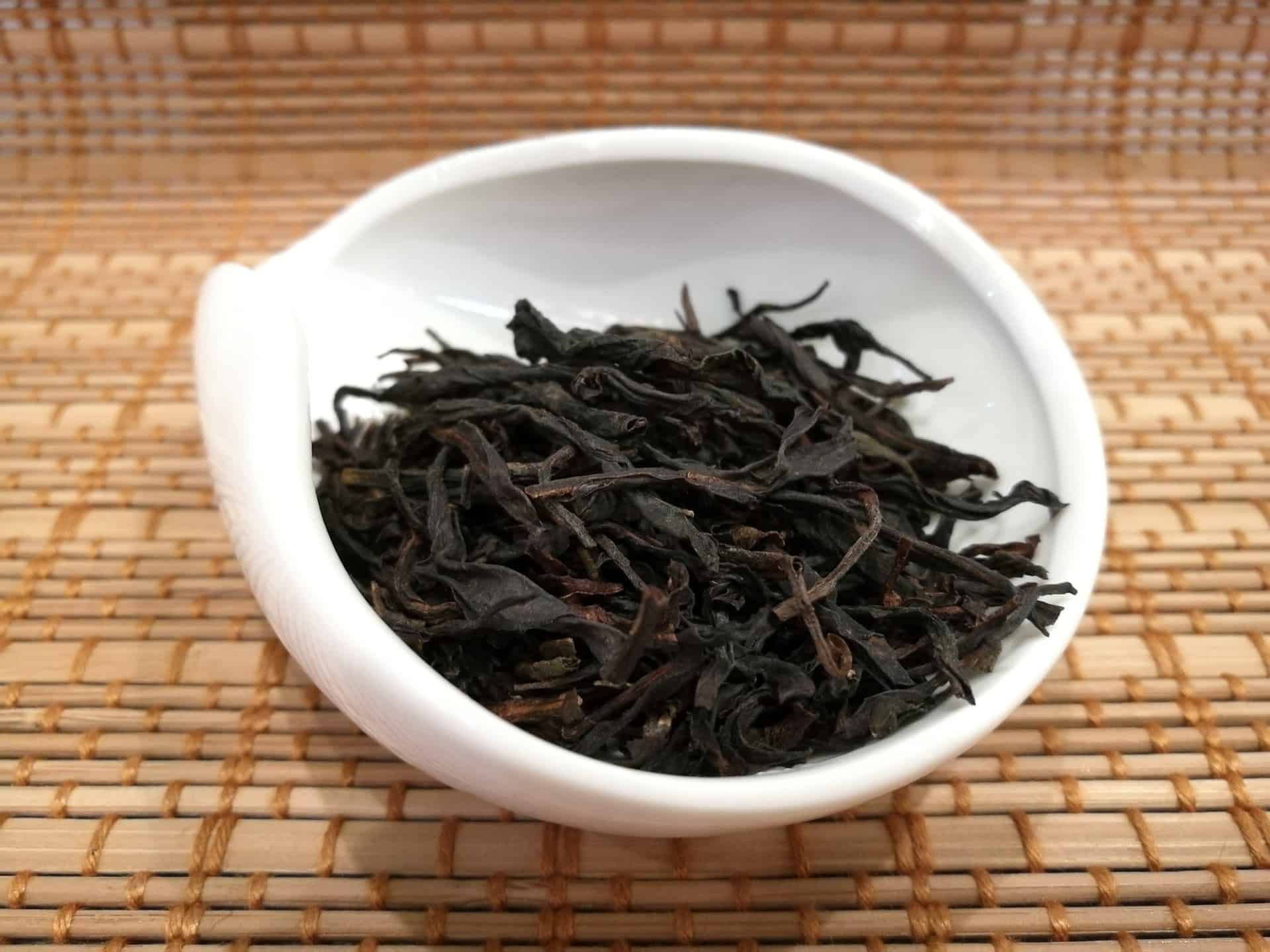After water, tea is the most popular beverage on earth. It is consumed in large quantities all over the world but is likely most popular in Asia. Tea was even discovered in Asia, and most of the world its tea is still grown in this part of the world, though India is a close second.
Chinese mythology dates the discovery of tea back to 2737 BC, when, supposedly, the Chinese Emperor Shen Nung was drinking boiled water under a tree, when a leaf from this tree dropped into his cup. The Emperor decided to try the concoction and found that he loved it. He ordered a large planting of tea trees and a new crop was born.
Black
Looking for a great
Green
One of our favorite green teas are from Japanese Green Tea Gyokuro
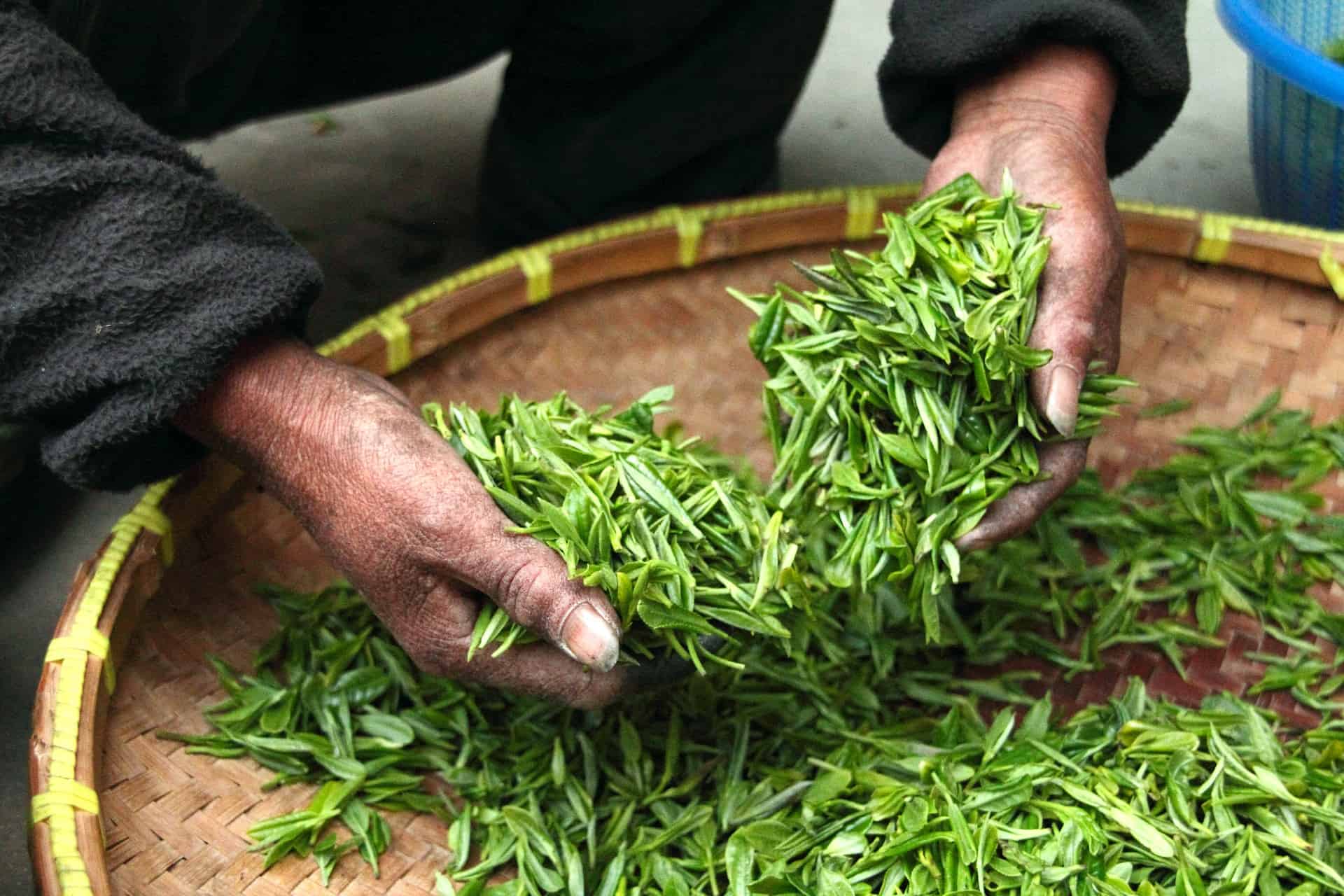
Green tea has a more delicate flavor than black. The leaves are dried and heat-treated soon after they’re picked, which stops the fermentation process. It contains about 25 milligrams of caffeine per cup. The lightly oxidized tea has been popular in China, Japan, and Korea for centuries. Recently, rumors on its health benefits increased its popularity in the West as well. It has been proven that drinking green tea can lower cholesterol, prevent cancer, increase metabolic rates and be helpful in a variety of other conditions and illnesses. The green tea is lightly oxidized, dried, but not fermented. It is usually served plain, without sugar or milk. Since some of the green tea variants taste a bit bitter, they should be brewed at a lower temperature than the boiling point.
Oolong
For a great Oolong tea, our suggestion is Art of Tea Oolong
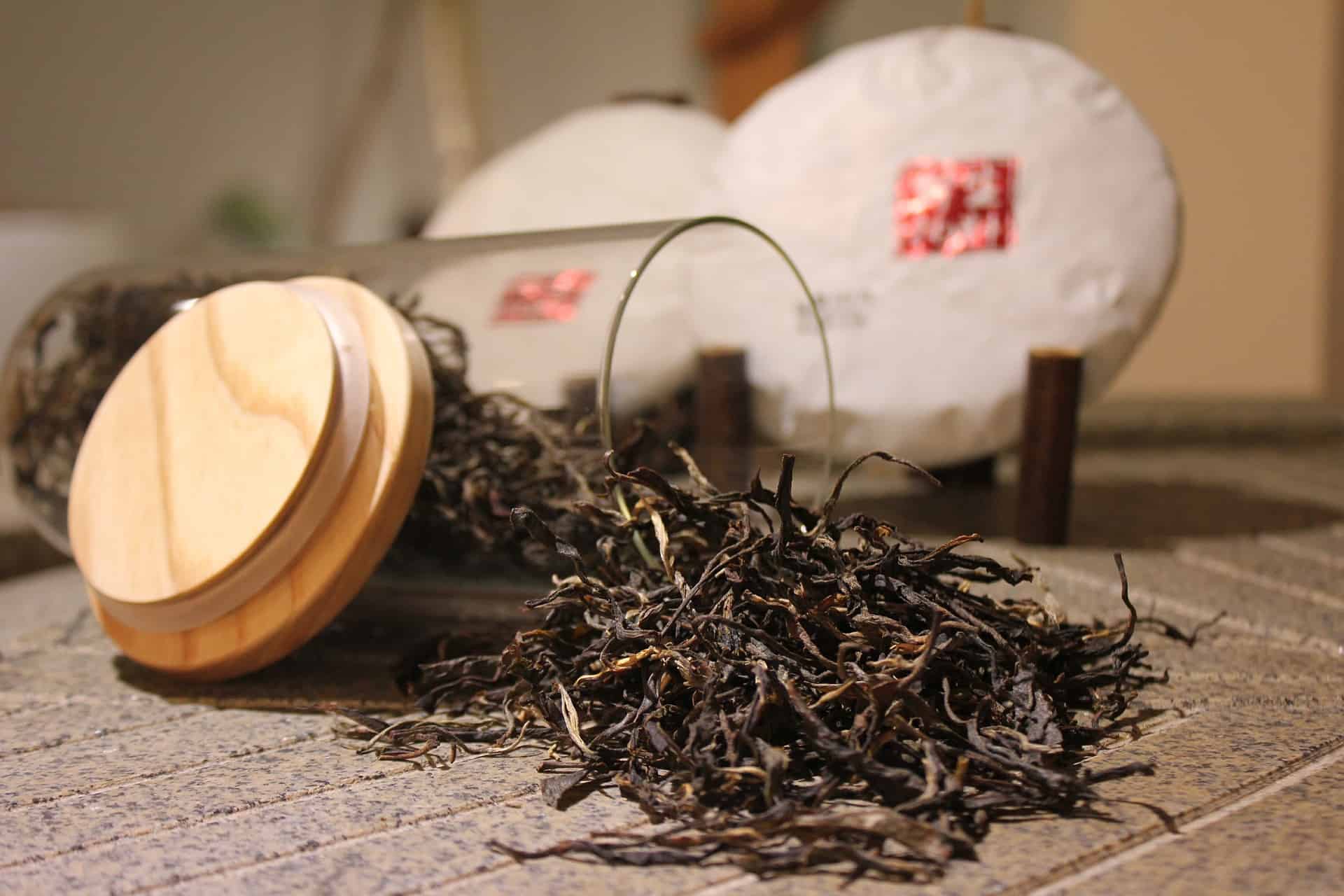
Oolong is similar to
White
A great white tea sampler from Vadham Teas Sample Set
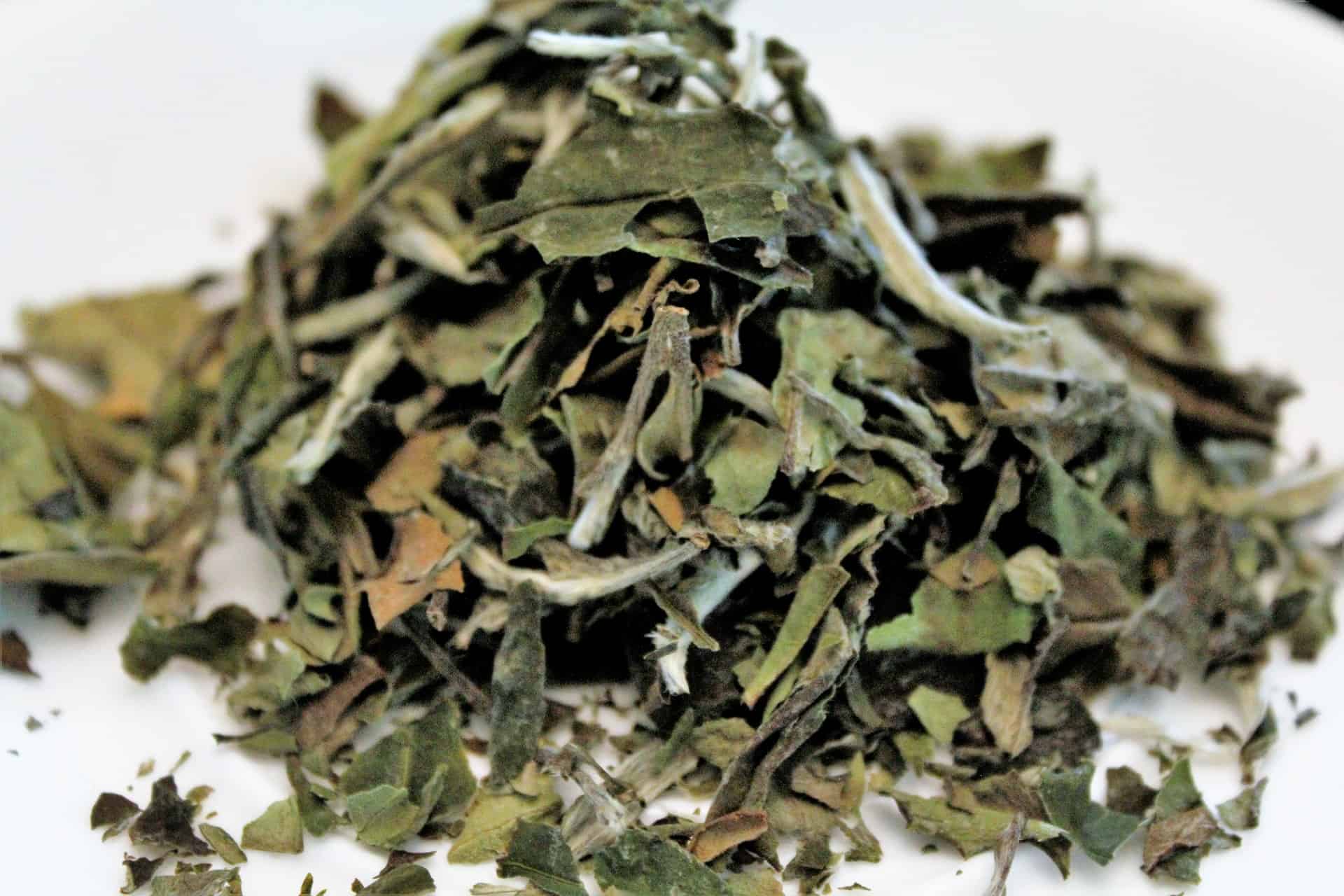
These leaves are picked when they’re very young, so white tea has a much milder flavor than any other variety, not to mention less caffeine—about 15 milligrams per cup. Loose tea may also contain more antioxidants than tea in bags because the leaves are less processed. White tea is rare and more expensive than the other types of teas mentioned above. Originated in the Fujian province of china, the white tea is made of young Camellia sinensis leaves, which go through a long process of steaming or frying, inactivating fermenting, and drying. Since the leaves are harvested while the buds are still covered by white hair, it is called white tea. White tea has the most delicate, sweet taste than the other types of tea. Moreover, it contains the smallest amount of caffeine and the largest amount of antioxidants that help prevent cancer.
Yerba Mate
A great experience is a quality Yerba Mate from California Tea House
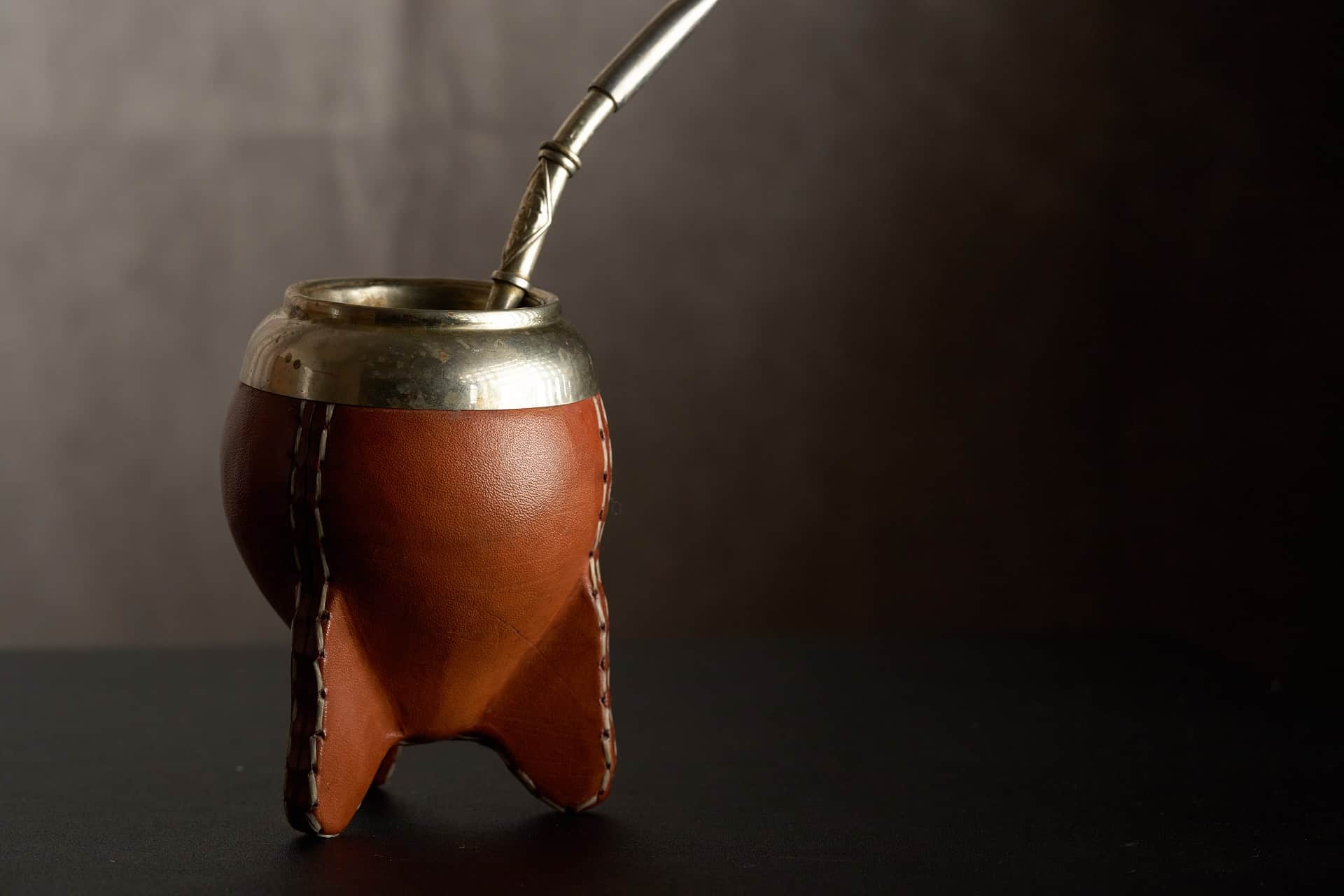
Yerba Mate (YUR-ba MAH-tay) is not part of the tea leaf (Camellia sinensis). It comes from a small tree native to the subtropical region in many parts of South America. The Natives refer to this healthful beverage as “the drink of the gods” A vegetative earthy brew, Yerba Mate is known for its “energy” quality because it contains 3 separate substances similar to caffeine, which are released in your system at a more even pace so you do not get the jitters and the associated crash later. Mate is processed in two ways: dried and roasted. We symbolize Our Yerba Mate Collection with a gourd and bombilla. Traditionally South Americans get together and prepare their Mate in a gourd and sip the brew through a metal straw called a bombilla.
Rooibos
A beautiful rooibos tea that we suggest comes from Teatulia Tea’s Rooibos
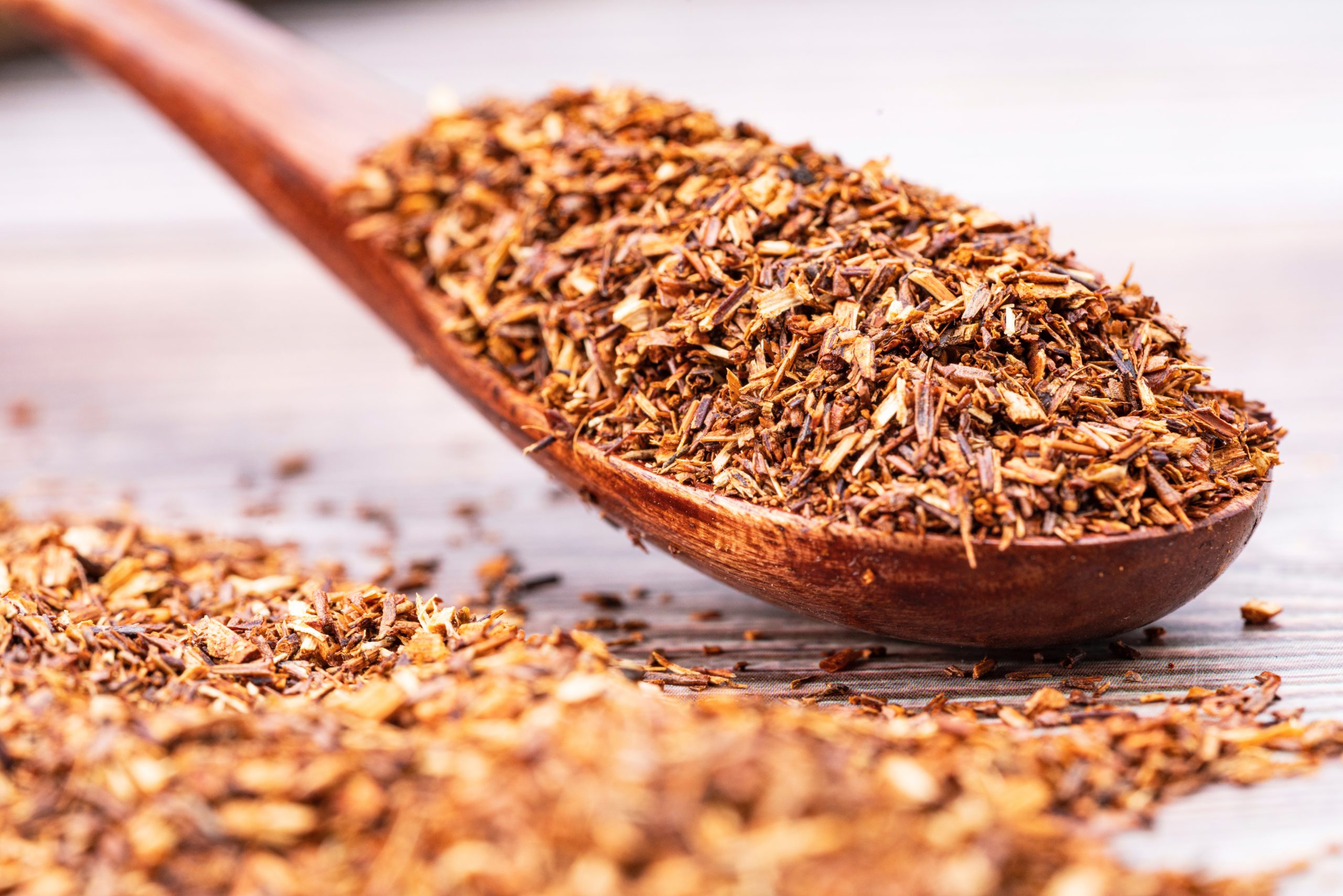
Rooibos (ROY-boss) is a South African herb, native to the Cedarberg region. Many people refer to it as Red Bush or Red Tea even though just like Yerba Mate it is not part of the tea (Camellia sinensis) family. Rooibos is processed much like the tea plant. The Red variety is oxidized in the sun and the green is simply dried in its natural state. This herbal tea is naturally caffeine-free that has a sweetness that only one can experience by drinking. Rooibos has a settling benefit and may also aid in seasonal allergies to those that drink it.
Tulsi
We suggest this awesome Tulsi blend Tulsi Ginger Masala Chai from Vadham Teas
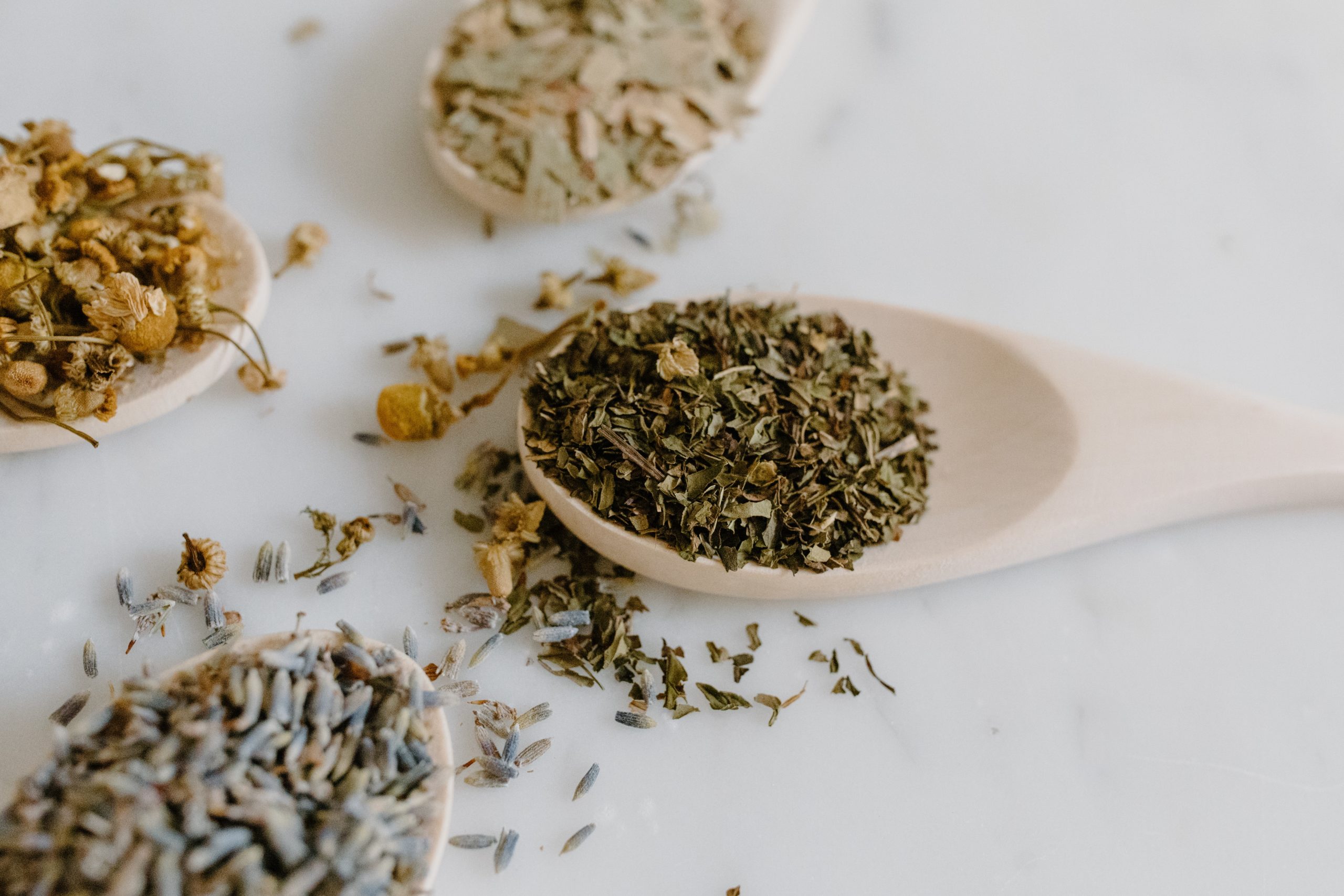
Tulsi comes from India and is part of the holy basil family. A sacred plant that has many wonderful medicinal qualities. This queen of herbs has a subtle minty sweetness that is very refreshing. Tulsi has an anti-viral effect and can help calm the mind and reduce the stress of our daily activities.
Herbal
While there are a lot of herbal teas this ROSE tea from Teavivre is a favorite
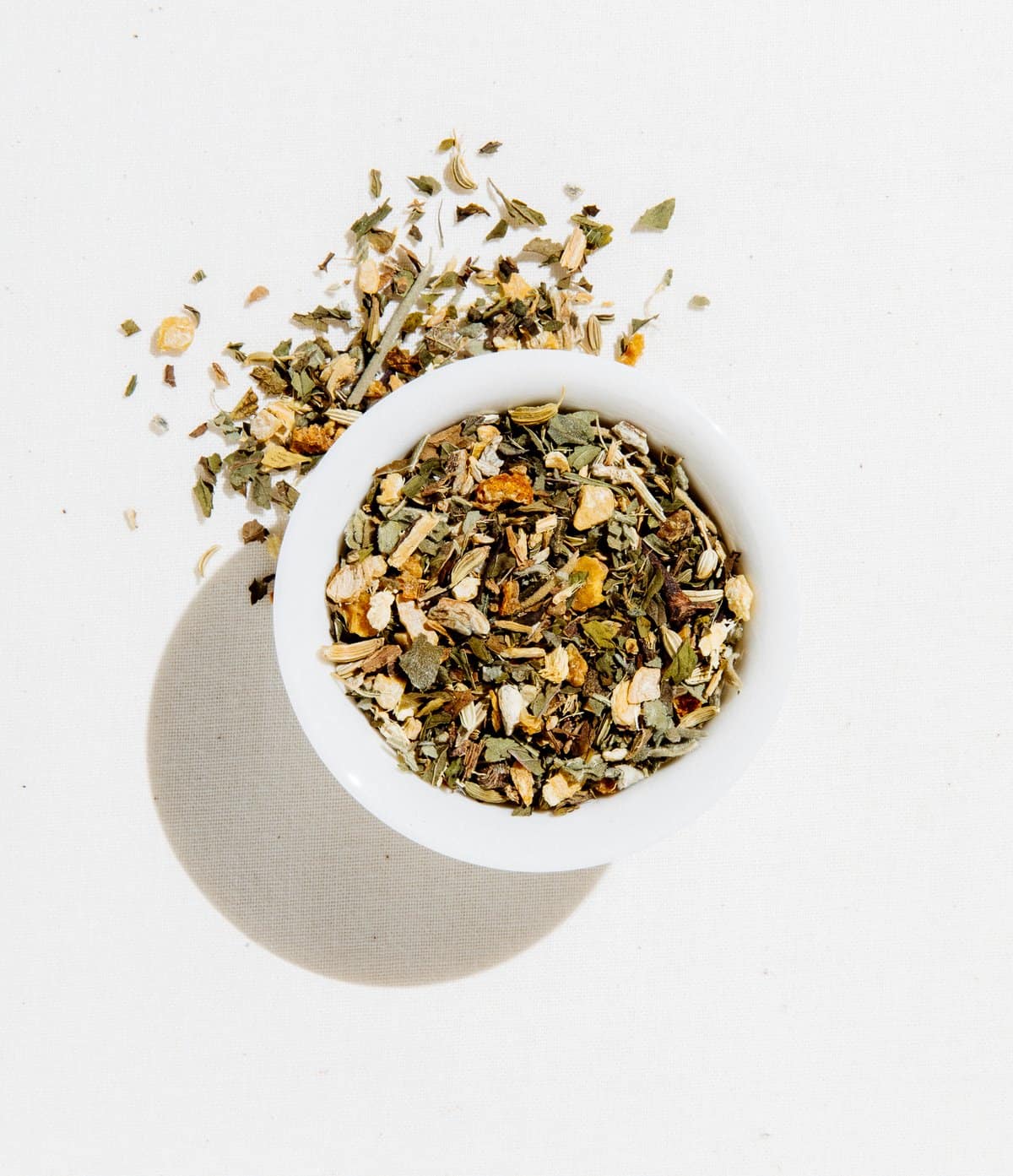
Technically, herbal teas are not teas at all—they’re usually some combination of dried fruits, flowers, and herbs. Herbal varieties contain no caffeine. Avoid herbal weight-loss teas, which may contain dangerous laxatives. Made from herbs, fruits, seeds, or roots steeped in hot water, herbal teas have lower concentrations of antioxidants than green, white, black, and oolong teas. Live strong has some nice examples of Herbal teas, take a moment to check out their site and their ideas for Herbal teas. Herbal infusions are made using botanical ingredients other than the tea plant itself. A more correct term for herbal tea is a tisane. Many popular herbs such as chamomile, peppermint, hibiscus, and lemongrass are used. These herbs can come from all over the world and do not have a specific region. Many times these infusions are caffeine-free. Our Herbal Collection offers a wide variety of blends that please the palate and help create a healthy lifestyle.

